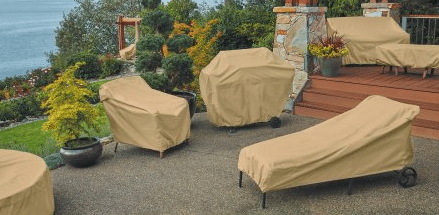Winter can be brutal on patio furniture. Snow, rain, freezing, thawing, and even the sun cause serious damage if not addressed properly.
Heavy snow adds weight and pressure, which can stress and crack some materials. Snow isn't just cold; it's heavy, and your furniture feels it. Regularly clearing off snow can help, but some pieces might need extra reinforcement or indoor storage to survive.
Rain brings its own set of problems. Prolonged exposure to moisture can lead to rust on metal surfaces and is the nemesis of wooden furniture, causing it to warp or rot. Even synthetic materials aren't safe—they can degrade or get moldy.
Freezing temperatures are another enemy. Water that seeps into tiny cracks and freezes can expand and break the furniture. This repeated freeze-thaw cycle weakens the integrity of many materials, leading to unforeseen damage when the structure breaks down.
Just when you thought winter was about darkness, the sun pops out and brings UV radiation into the mix. Even during winter, UV rays continually break down materials, causing fading and weakening, which is particularly brutal on fabrics and plastic components.
Protecting your patio furniture starts with understanding these threats. Constant vigilance and proactive planning ensure your outdoor pieces make it through the harsh winter in tip-top shape. Regular checks and adjustments can save you a lot of headache and money in the long run.
Optimal Storage Solutions for Patio Furniture
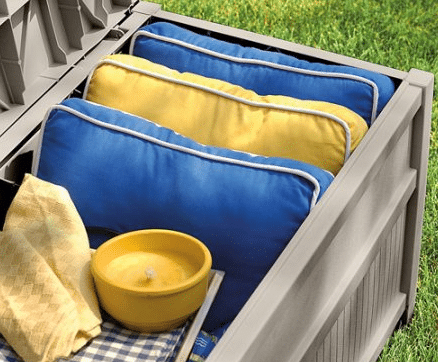
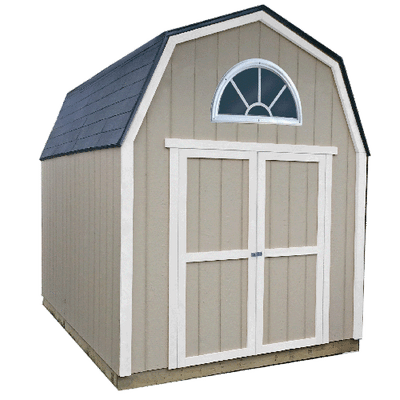
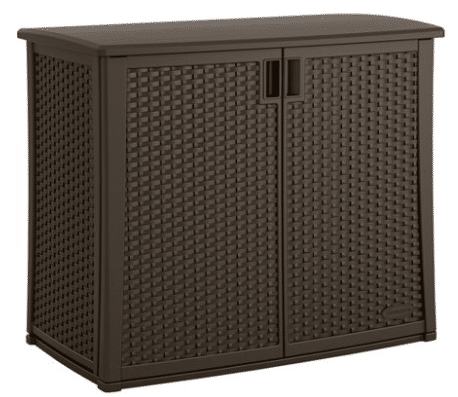
The right storage is key to extending the life of your patio furniture during winter. Finding a dry, low-humidity space is ideal. Humidity and dampness are your enemies, turning your careful storage efforts into a breeding ground for mold and rust.
Prep work is important. Clean and dry your furniture before stashing it away. Dirt and moisture left on surfaces lead to corrosion and decay over time. A quick wash and thorough dry can add years to your furniture.
Personally, I store my outdoor chairs in the shed once I haul out my winter gear like the snow plow and shovels. It’s not just convenient, but secure too. An indoor spot like a shed or garage keeps wind, rain, and snow off your precious pieces.
If you don't have a shed, a garage or basement works too. Just make sure your furniture is elevated slightly to avoid any unexpected moisture on the ground. And if inside storage isn't an option, high-quality covers can be a good alternative.
To recap, find a dry, low-humidity space, clean and dry before storing, and aim for indoor options like sheds or garages. If going indoor isn't feasible, ensure you have top-notch covers to protect your investments.
Effective Use and Maintenance of Patio Furniture Covers
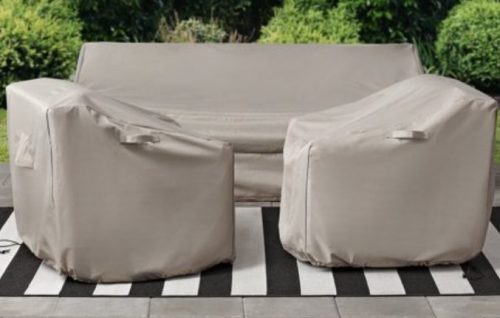
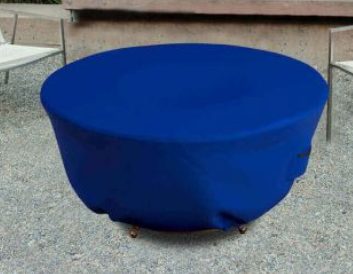
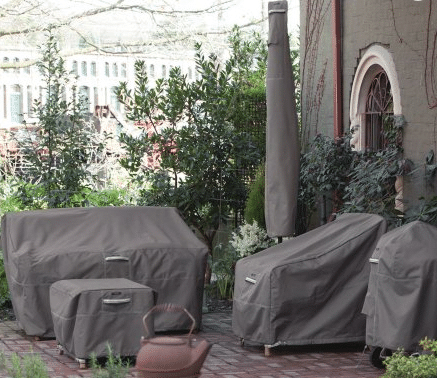
Custom-fitting furniture covers are a game-changer. Don’t settle for the one-size-fits-all options; they rarely fit properly and can leave parts of your furniture exposed to the elements.
When picking out covers, focus on materials that are durable and weather-resistant. You want covers that can handle the winter’s icy grip without tearing or deteriorating. It’s tempting to go for the cheaper options, but investing in high-quality covers will pay off in the long run. Cheap covers might not last through the season and could leave your furniture vulnerable.
Fit is key. A cover that fits well will help ensure that wind doesn’t sneak under and blow it away. Use tie-downs, straps, or weights to secure the covers. A snug fit will prevent unnecessary wear and tear from flapping in the wind.
Maintenance doesn’t stop after you’ve covered your furniture. Regularly check the covers for holes or tears and make repairs as needed. Small damages can escalate quickly in harsh winter conditions, so stay on top of any issues.
Ultimately, covers act as your patio furniture’s first line of defense against winter. They keep the snow, rain, and cold air from wreaking havoc. With the right covers and proper maintenance, you’ll keep your outdoor area in great shape until it’s time to enjoy it again.
Protecting Cushions and Fabrics During Winter
Cushions and fabrics are particularly vulnerable to winter conditions. Moisture and UV rays can wreak havoc, causing mildew, fading, and material breakdown. It's crucial to keep these items safe from the elements.
Store cushions in a dry, shaded place. Avoid areas where moisture or direct sunlight can reach them. A deck box can be a convenient and effective solution, providing both protection and accessibility.
Clean cushions before storage. Remove dirt, debris, and any potential moisture. This prevents mold and mildew from setting in during the offseason. Using a mild detergent and ensuring thorough drying can help preserve the fabric's integrity.
If indoor storage isn’t possible, invest in high-quality, weather-resistant storage bags. These add an extra layer of protection and help keep moisture out.
Avoid stacking cushions directly on the floor, especially in basements or garages where humidity might be higher. Utilize shelves or elevated platforms to prevent accidental moisture absorption.
Year-Round Maintenance Tips for Outdoor Furniture
Routine inspections can save you a lot of trouble later. Regularly check for any signs of wear and tear. Catching issues early means easier fixes and less damage over time.
Cleaning schedules should be based on the material of your furniture. Wooden pieces may need gentle cleansers, while metal might require rust removal treatments. Plastic and synthetic materials often just need a mild soap and water mix.
Using protective treatments and sealants adds an extra layer of defense. For wooden furniture, this could mean a good weatherproof sealant. Metal furniture might benefit from anti-rust sprays. These treatments can significantly extend the life of your furniture.
Off-season maintenance is underrated but essential. During the months when you're not using your outdoor space, take the time to give your furniture some love. This could involve tightening screws, touching up paint, or reapplying sealants.
Getting your furniture ready for the next season is much easier when you've kept up with these maintenance steps throughout the year. A little effort regularly will keep your patio looking pristine and extend the life of your pieces.

